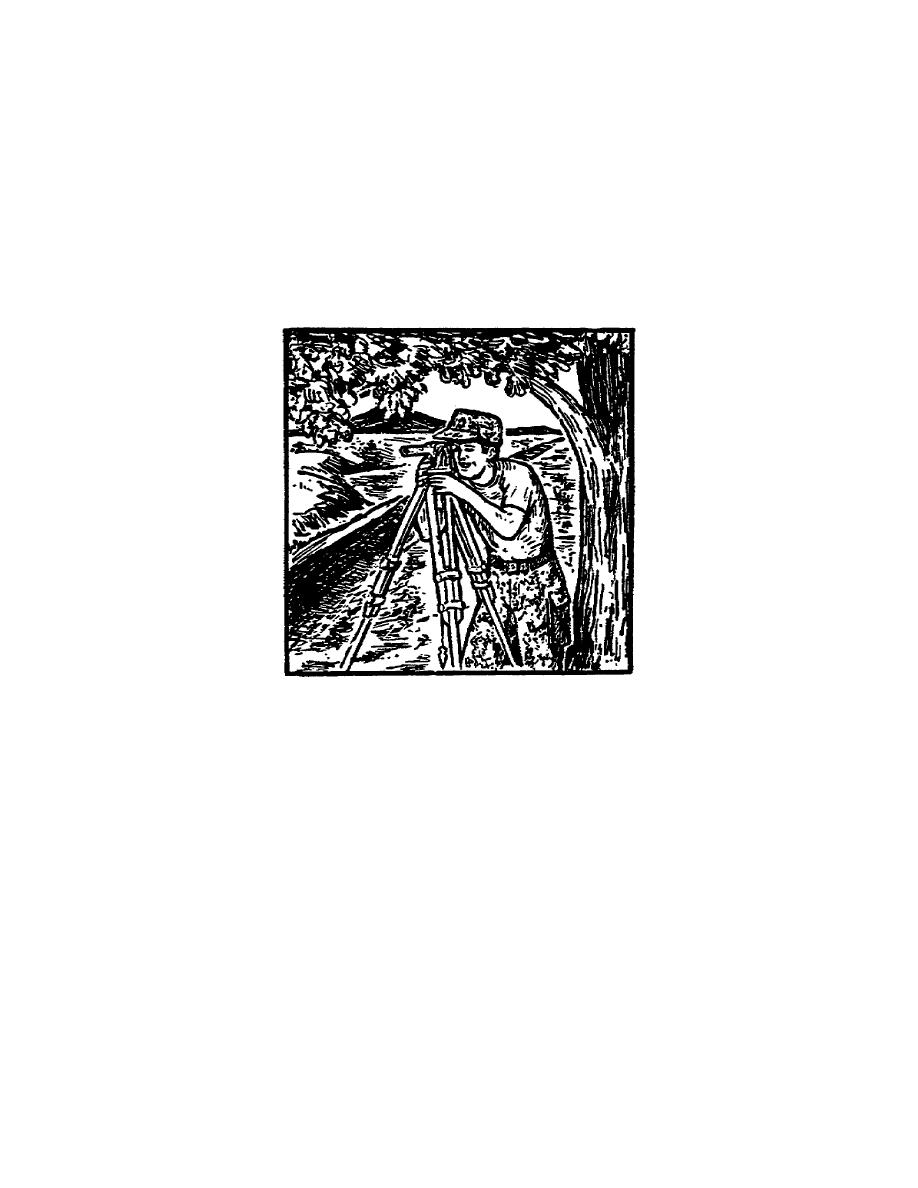
a. Framing:
Every photograph is framed, if only by the edge of the
paper it is printed on. But this isn't the only frame you have available to
you. You can focus the viewer's attention by using an element in the scene
itself to create a natural frame around your subject.
This is useful for
calling attention to the subject, relating it to its surroundings, and
creating depth in the photograph. By placing the subject in a doorway or
archway, a window frame, or behind a tree branch, you create a foreground
which defines the area much more effectively than just letting the scene
disappear at the edge of the printing paper. Of course, these are only a
few examples. Imagination and creativity play an important part in creating
effective and interesting frames for a picture.
And, once again, framing
may or may not be appropriate for the message you wish to get across.
Figure 3-12.
Framing
b. Horizon line. We've already discussed the "rule of thirds" when it
comes to placing the horizon line, but how do you decide which third you
should use? It's obvious that placing the horizon line low emphasizes the
sky and placing it high emphasizes the ground, but how does this affect the
message of the picture? Generally, emphasizing sky gives an appearance of
great space and roominess, implying freedom and possibilities. By placing
the horizon high, and emphasizing the ground, the usual effect is one of
being earthbound, settled or limited in movement and available space.
64


 Previous Page
Previous Page
